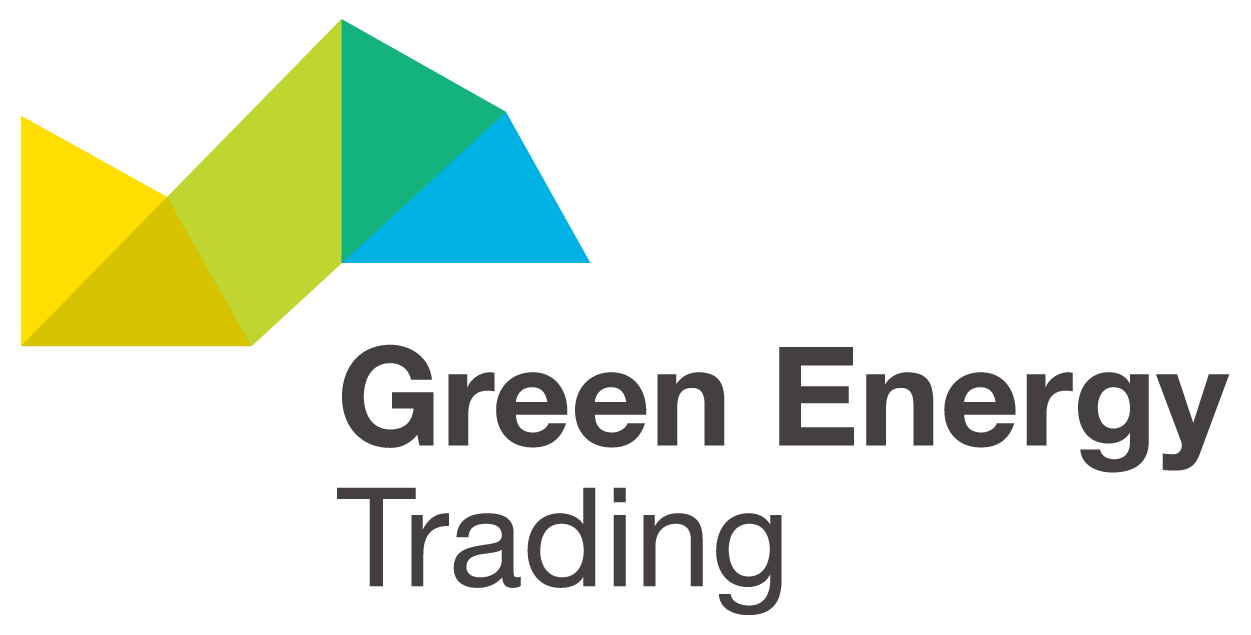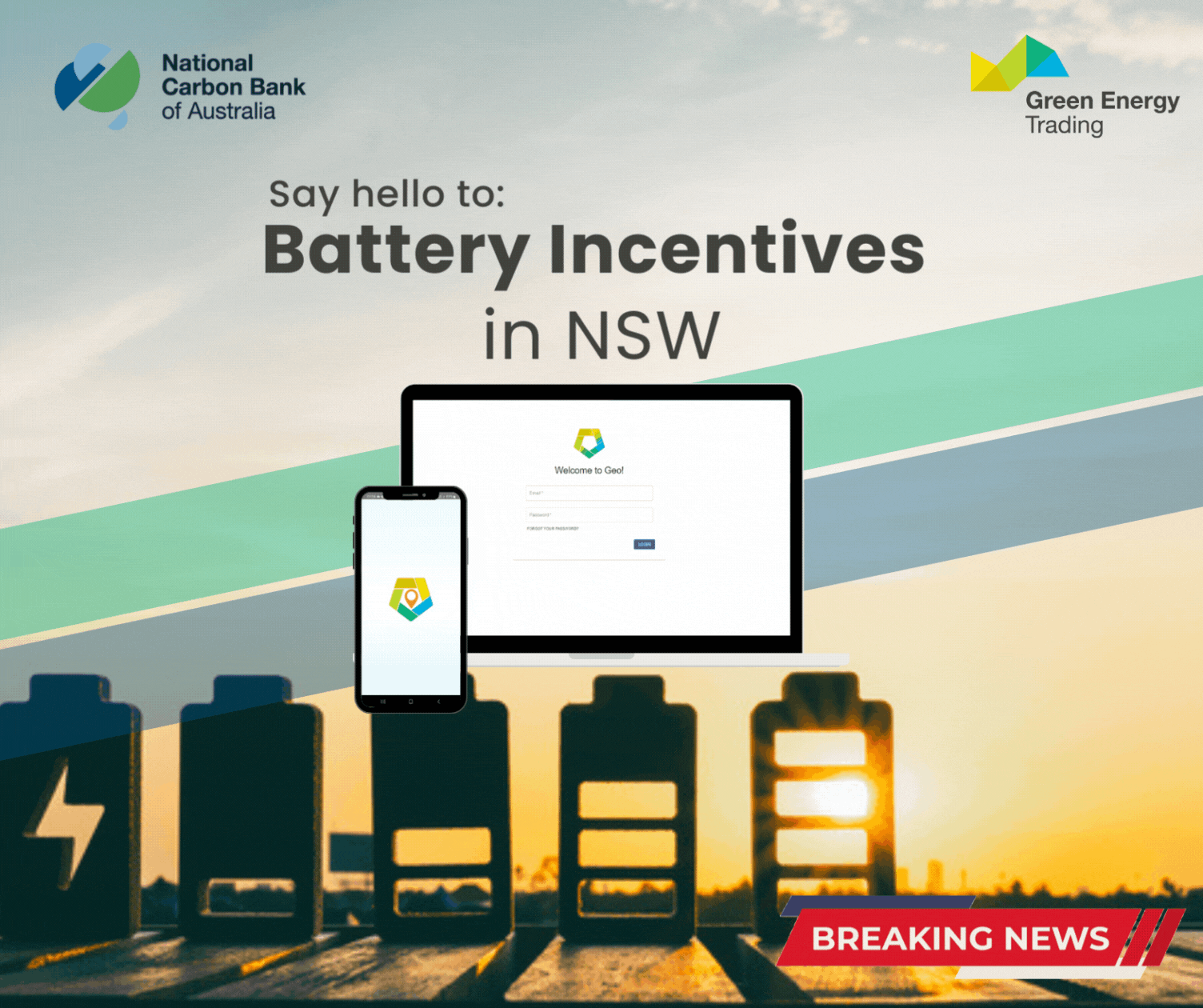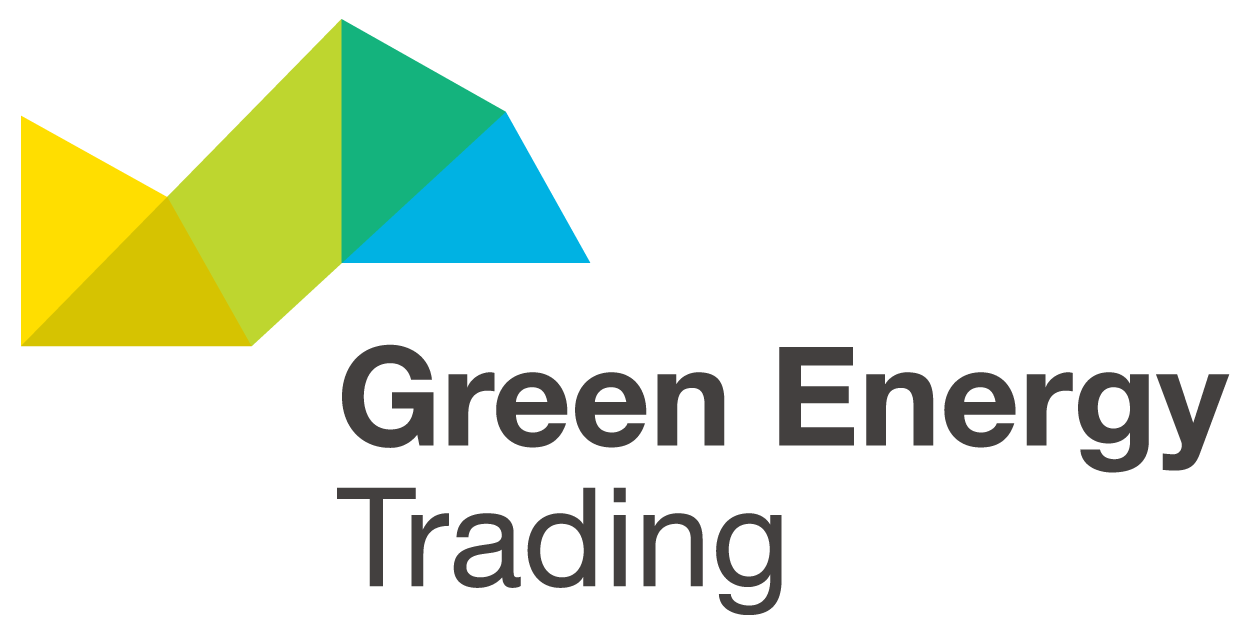Frequently Asked Questions about Peak Reduction Certificates (PRCs) and the NSW Peak Demand Reduction Scheme (PDRS)
Learn how you can benefit from accessing the NSW Peak Demand Reduction Scheme and working with Peak Reduction Certificates (PRCs)
What is the NSW Peak Demand Reduction Scheme (PDRS)?
The NSW Peak Demand Reduction Scheme (PDRS) is a new scheme introduced by the New South Wales Government aimed at reducing demand in peak times. Peak times are defined as 2:30 to 8:30pm from the 1st November to the 31st March.
Why did the NSW Government introduce a peak demand program, and what are the benefits of the Scheme?
The NSW Peak Demand Reduction Scheme will encourage dependable peak demand reduction to lessen the NSW energy system's dependence on existing power stations and incentivise consumption during peak renewable generation.
What is a Peak Reduction Certificate (PRC)?
A Peak Reduction Certificate (PRC) recognises 0.1kW of available peak demand reduction capacity. PRCs can be traded in the market to produce a financial incentive for reducing demand.
What Activities are eligible for PRCs under the NSW Peak Demand Reduction Scheme?
Currently, the key activities resulting in PRCs are both residential and commercial air-conditioning, residential pool pumps and large commercial hot water (replacing electric systems only) and refrigerated cabinet replacements. Starting 1 November 2024, Battery installations in solar systems will be eligible for PRCs.
How can PRCs benefit our energy system and me?
Reducing demand in peak times will ensure a stable and secure energy system whilst also facilitating the transition to a 100% renewable energy market. Residents and business owners can also receive significant energy bill reductions through the installation of highly efficient technology at a lower price when combined with available Energy Savings Scheme incentives.
Which installations can claim PRCs?
Still have unanswered questions? Speak to our team today






